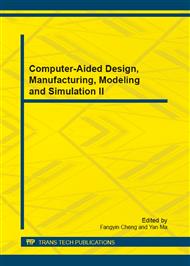p.537
p.543
p.551
p.556
p.561
p.566
p.571
p.576
p.581
Difference of Soil Nutrient between Topsoil and Subsoil and its Influencing Factors
Abstract:
Taking the representative alluvial plain of the Yellow River-Fengqiu county as example, difference of available K (AK), total (TK) and total (TP) between topsoil and subsoil and corresponding factors was studied. The result shows that average content of AK in topsoil is lower than it in subsoil, spatial variation of AK in topsoil is similar with it in subsoil. TK in topsoil shows more randomness than in subsoil. TP in topsoil has a stronger spatial correlation than in subsoil. The spatial distribution of TK and TP are quite consistent with landform in topsoil and subsoil, but AK does not have this trend. The difference of TK between two layers is related with surface deposit and irrigation condition. AK is mainly affected by surface deposit and farming intensity such as fertilization. The difference of TP is unrelated with elevation, the distance to the Yellow River, roads and water channel and residential areas.
Info:
Periodical:
Pages:
561-565
Citation:
Online since:
December 2012
Authors:
Keywords:
Price:
Сopyright:
© 2013 Trans Tech Publications Ltd. All Rights Reserved
Share:
Citation:


